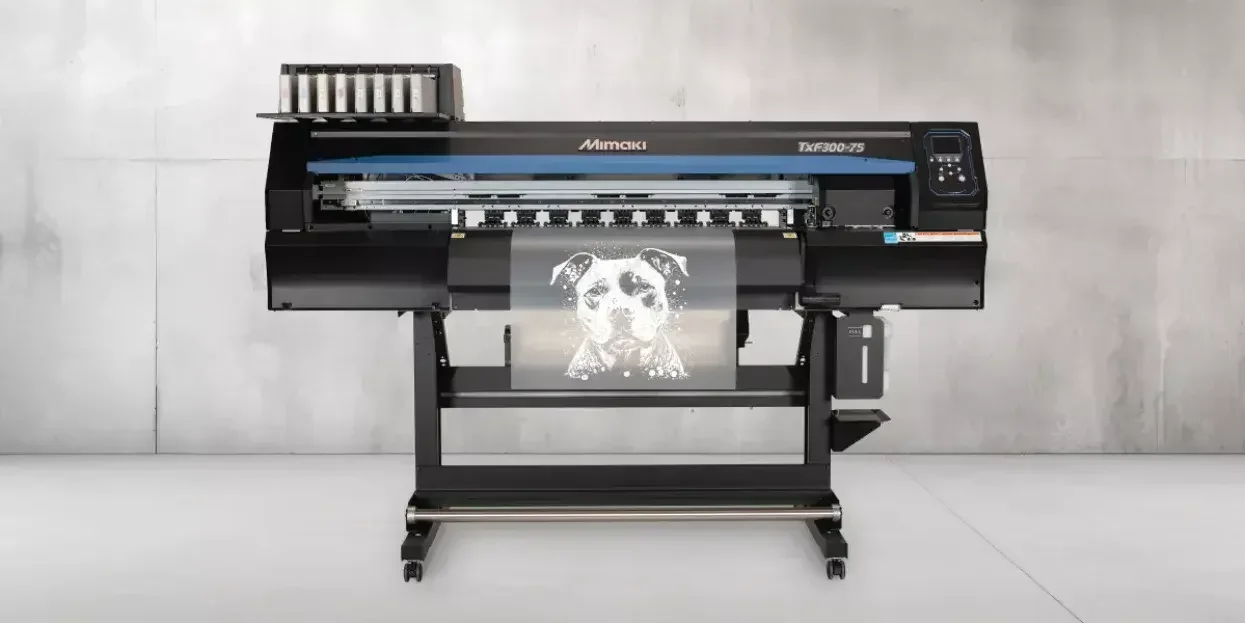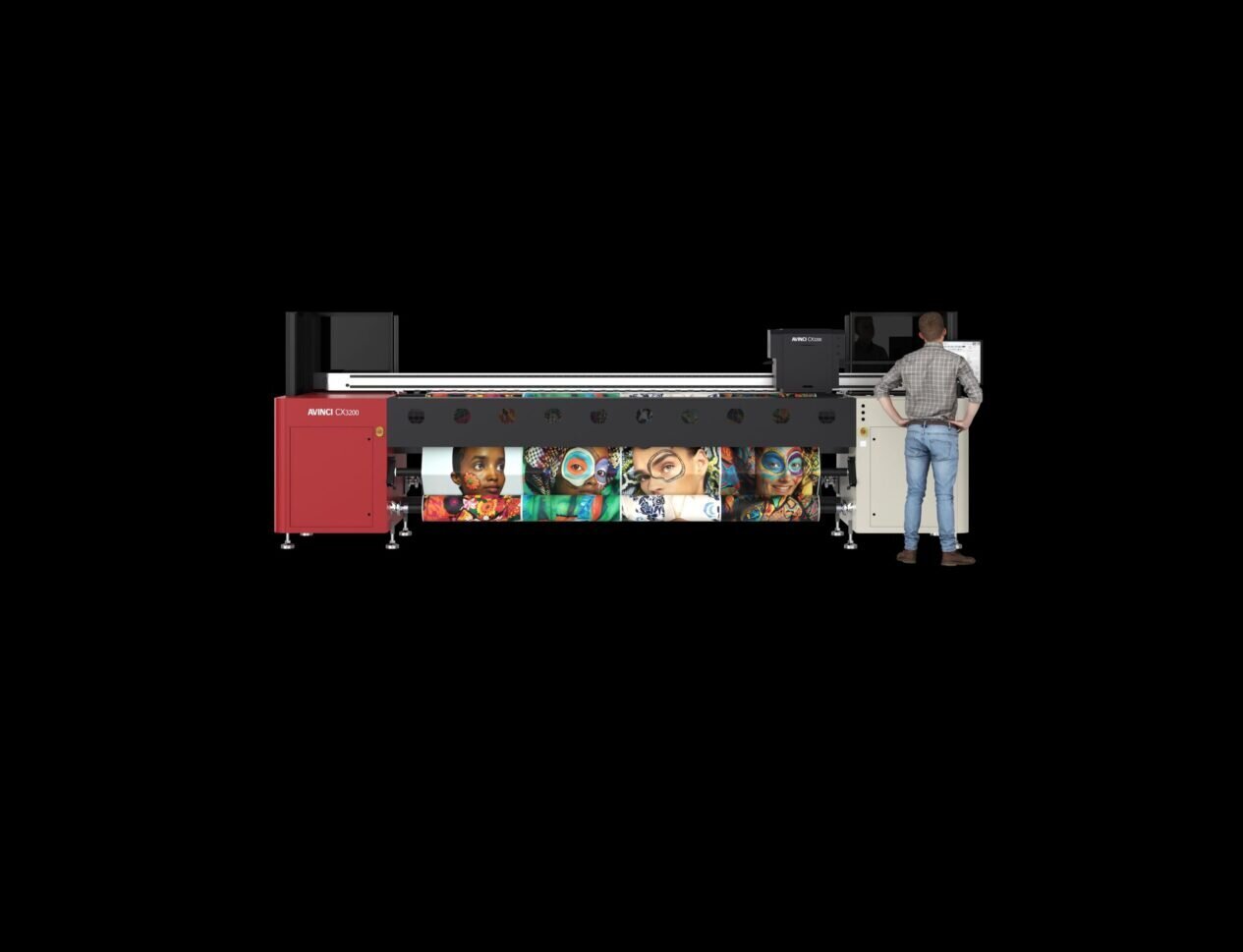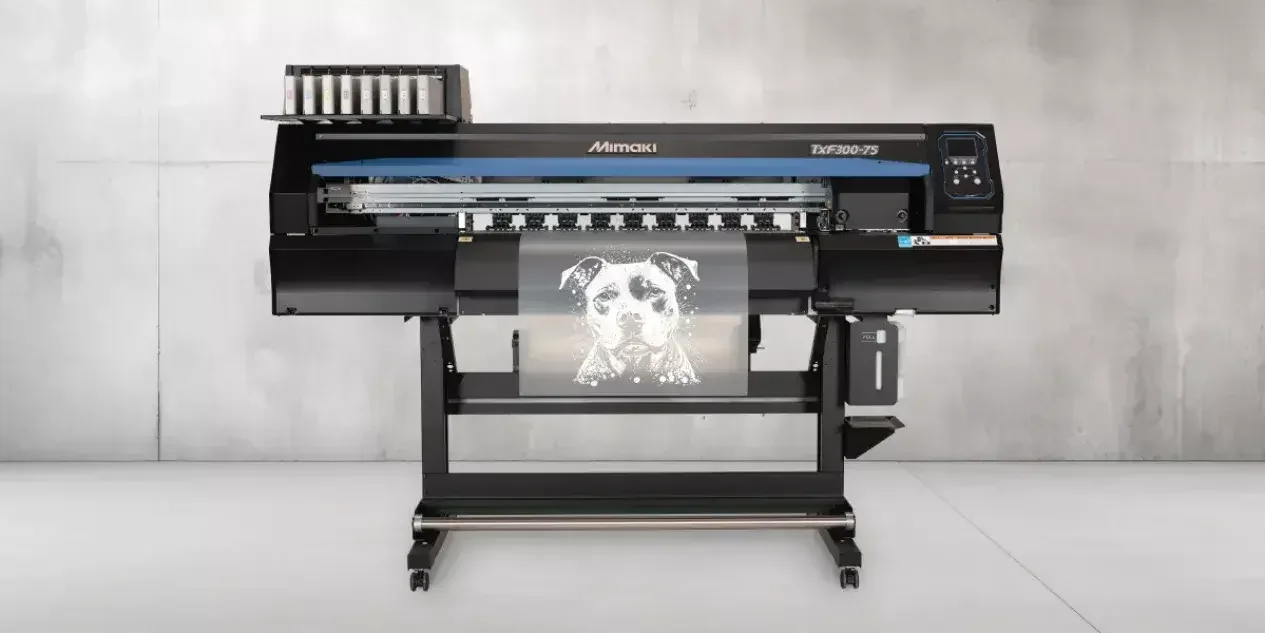
With sustainability now a major consideration in all forms of print production, Rob Fletcher takes a look at the sportswear sector and the planet friendly options available to those in this market.
Producing sportswear that looks the part and performs well under heavy usage is a tricky enough task for companies in this sector. However, add in the issue of sustainability and there is even more for print companies to consider.
To put it simply, there is no getting away from sustainability. Not only is this something we should all be taking into account as we play our part in helping the planet, but it is also a value held high by customers across all markets, with the sportswear sector no different.
With this in mind, what tools and solutions are available to those in the sportswear market and how will these improve not only the environmentally friendly features of the product, but also the company that creates these pieces?
Working with water
A good place to start when it comes to environmentally friendly production is the type of hardware you are working with. Does your printer operate and create printed work in a sustainable manner? For example, machines that run water-based inks offer an advantage. Water-based inks are much kinder to the planet than their solvent, eco-solvent and UV cousins, meaning the final printed piece will boast greater environmental features.
One manufacturer that utilises this technology in its printers is Artisjet, which offers a range of direct-to-garment printers for use in projects ranging from t-shirts, caps and sweatshirts to personalised footwear and ties.
“The two key requirements of a direct-to-garment printer are the transport mechanism for the garment and the special inks that are applied to the textile,” Artisjet said. “The ArtisJet direct-to-garment printers use water-based garment inks that are non-toxic and have excellent colour fastness, high elasticity, and non-cracking attributes. With eight channels of ink formed by CMYK+WWWW, you can print directly and accurately graphics on t-shirts of any colour.”
Taking a closer look at its options, Artisjet puts forward two machines in particular. The first of these is the Artis 5000T, a A2 textile production printer that can produce quality prints on both cotton and polyesters. The machine offers a print resolution of up to 2800dpi and has a white ink channel for printing on dark textiles.
Also from Artisjet is the Artis 3000T A3+ printing system suitable for printing on items such as t-shirts, socks and even pants. Also capable of working with cotton and polyesters, it has a top print resolution of 2880dpi and has three interchangeable jigs for use across a range of printing applications.
Agfa’s Avinci 110 water-based ink set has been developed for its Avinci CX3200 dye-sub textile printer.

Sublime sustainability with dye-sub
Keeping with the subject of inks, in particular water-based options, and there are plenty on offer to the market. One of the latest additions comes in the form of Agfa’s Avinci 110 ink set, which was rolled out in the spring of last year as a new option in the manufacturer’s range of water-based ink options.
Developed for the Avinci CX3200 textile printer, the ink set secured the OEKO-TEX ECO passport, an independent certification system for chemicals, colorants, and auxiliaries used in the textile and leather industry. The passport states that the ink is free from any harmful substance and therefore can be used to decorate fabrics that will be safe for both humans and the environment.
“The ECO PASSPORT also indicates that the prints made with the Avinci 110 inks can obtain the OEKO-TEX STANDARD 100 label, one of the world’s best-known labels for textiles,” Agfa said. “This label states that every component of an article, i.e. every thread, button, and other accessories, has been tested for harmful substances and that the article, therefore, is harmless for human health, and can be used for skin contact for blankets, sportswear and more.”
Building on sustainable success
Throwing another technology into the mix, sportswear producers may also opt to work with direct-to-film machinery. Among the reasons for doing so is that this form of printing can offer companies a more sustainable way of operating.
Mimaki recently rolled out its new TxF300-75 direct-to-film printer.

Take the TxF150-75, Mimaki’s first direct-to-film inkjet printer, as an example. The machine, which has a maximum printing width of 80cm, runs with Mimaki’s ECO PASSPORT by OEKO-TEX certified water-based pigment inks. These have been formulated especially for the TxF150-75.
Mimaki has built on the initial success of the TxF150-75 – which has drawn more than 300 sales – with the recent launch of it brand-new Mimaki TxF300-75, which the manufacturer said offers a threefold speed gain over previous models and has been specifically designed to meet the needs of the professional volume garment decoration market.
The new machine 75 prints onto cotton, polyester, and polyester blended materials, and on both light and dark coloured fabrics, all while running Mimaki’s OEKO-TEX ECO PASSPORT certified ink, enabling users to meet customer demand for skin-friendly production and environmental commitments.
“Recognising the rapidly growing popularity and satisfaction with the direct-to-film process, the TxF300-75 is now available alongside its hugely successful stablemate, the TxF150-75, to give even greater choice to those entering or expanding in the garment decoration market,” said Andrew Gregory, sales director at Hybrid Services, the UK and Ireland distributor for Mimaki.
“Such is the stability of the technology that we’re delighted to be able to deliver the new TxF300-75 with an unprecedented two-year warranty.”
For those seeking a more sustainable way of producing sportswear, the good news is that there are plenty of hardware options available across direct-to-film, direct-to-garment and dye-sublimation. Coupled with environmentally friendly materials and consumables, these offer a planet friendly route to market.
Those on the lookout for new ideas and solutions in this area can visit Sportswear Pro 2024 next month. Taking place alongside the FESPA Global Print Expo 2024 from 19-22 March in Amsterdam, the dedicated event will showcase new developments in sportswear and offer guidance to visitors as to the areas that offer the most opportunities for growth.
Discover the latest innovations in sportswear at Sportswear Pro 2024, taking place from 19th – 22nd March 2024. Sportswear Pro will showcase the very latest technologies and solutions for on-demand and customised sportswear production. From sample design and automated digital workflows, to innovative materials and integrated wearable technologies, the exhibition and visionary trend forum will present sustainable, faster and leaner production solutions to sports and activewear brands and manufacturers. Register here and use promo code SWPJ402.